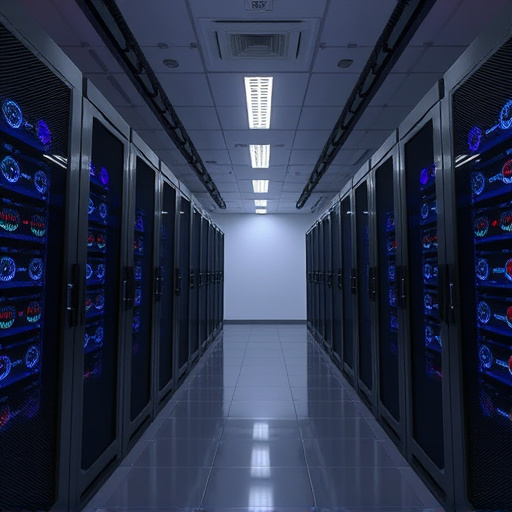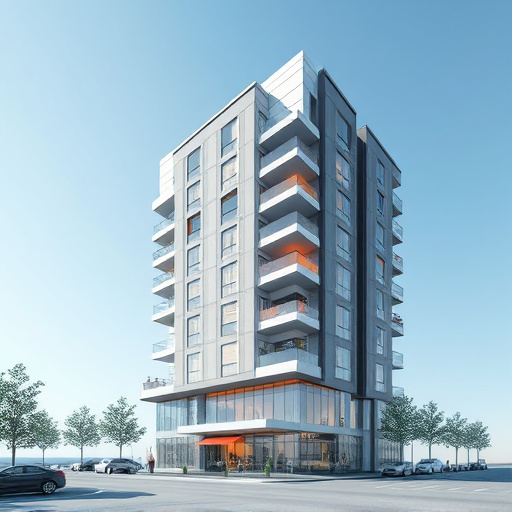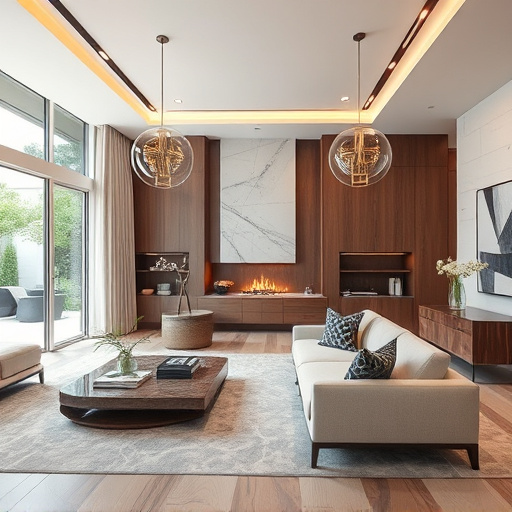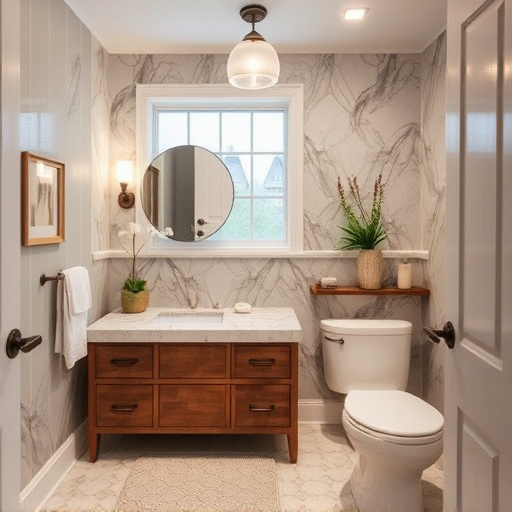Before expanding, assess current office space and requirements regarding dimensions, flow, light, and functionality. Engage stakeholders to align on goals and address concerns. Plan for future growth with flexible designs featuring modular furniture and reconfigurable walls to adapt to changing team needs, like open concepts with breakout areas or home extensions for remote work. Strategic office design upgrades enhance productivity and employee satisfaction similar to home renovations.
Planning an office expansion? Seamlessly transition into a new space with a strategic layout. This guide navigates the process, from assessing your current office design and identifying future needs, to engaging stakeholders and setting achievable goals. Discover how designing for flexibility and growth can enhance collaboration, foster innovation, and accommodate changes in your organization’s landscape. Optimize your workspace with these essential tips for a thriving, adaptable office environment.
- Assess Current Space and Needs
- Engage Stakeholders and Set Goals
- Design for Flexibility and Future Growth
Assess Current Space and Needs
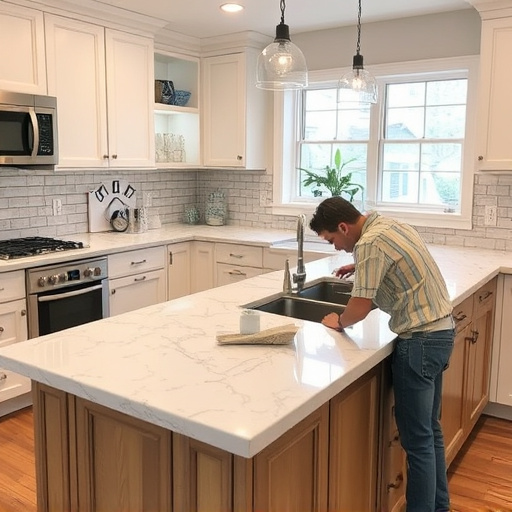
Before diving into any expansion plans for your office design, it’s crucial to start with a thorough assessment of your current space and needs. This step forms the foundation for informed decision-making and ensures that your expansion efforts align perfectly with your business objectives. Begin by evaluating the physical dimensions of your existing office layout, taking note of traffic flow, natural light availability, and the overall functionality of each area. Identify hot spots where productivity is high and bottlenecks where improvements can be made.
Consider not just the internal dynamics but also external factors like proximity to clients or partners and access for staff and visitors. Moreover, think about future growth projections: will your business require more space for additional teams or equipment? Integrating these insights with your short-term and long-term goals will help guide decisions on whether to expand horizontally (adding more rooms) or vertically (utilizing higher floors), as well as the scale of renovation or relocation that might be needed. This strategic approach ensures that any changes in office design, akin to enhancing home improvement services for kitchen and bath areas or even exterior painting projects, serve your organization’s evolving needs effectively.
Engage Stakeholders and Set Goals
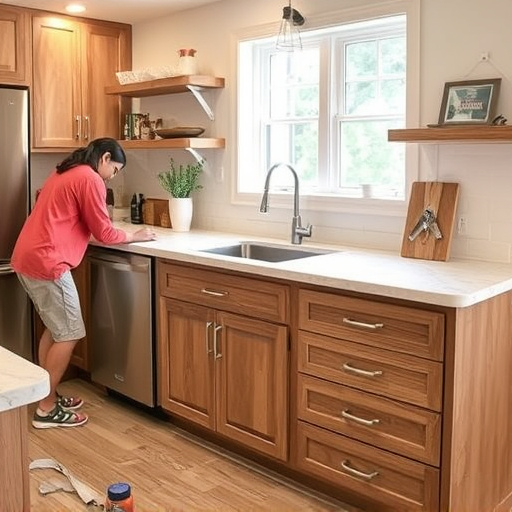
Engaging stakeholders is a critical first step when planning for office design expansion. It ensures that everyone involved—from executives and employees to facility managers and IT departments—has a clear understanding of the project’s goals, scope, and potential impact. This collaborative approach not only aligns different perspectives but also fosters buy-in from all parties. By involving stakeholders, you can uncover unique insights, address concerns early on, and create a design that meets the functional, aesthetic, and practical needs of your organization.
Setting clear goals is another essential aspect of this phase. Define what success looks like for your office expansion project—is it enhancing collaboration through open floor plans, incorporating modern amenities to attract talent, or implementing technology-driven solutions? These goals will guide every design decision, from space allocation and furniture selection to technology infrastructure and even bathroom renovations (a key consideration in any workplace upgrade). With well-defined objectives, the process becomes more focused, ensuring that your office design expansion stays on track and delivers measurable benefits.
Design for Flexibility and Future Growth
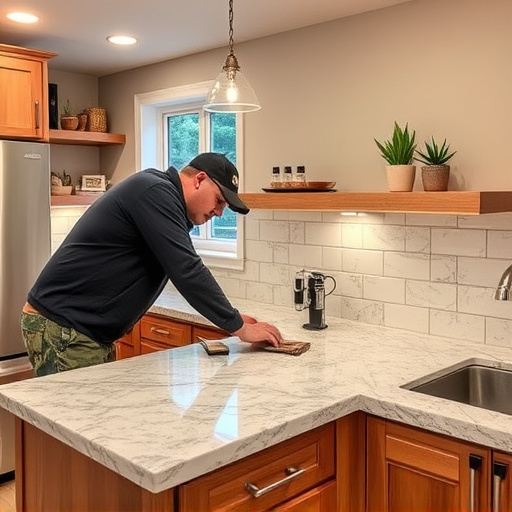
As your business grows, so should your office design. Planning for expansion now ensures a flexible and adaptable workspace that can accommodate future growth without the need for costly renovations later. Consider modular furniture and reconfigurable walls to easily rearrange space as needs change. This approach allows you to create different zones for collaboration, private meetings, or focused work, catering to various team dynamics.
Think beyond traditional office layouts and explore creative solutions. For instance, incorporating open concepts with designated break-out areas can foster teamwork and innovation. Similarly, integrating home improvement services to add extensions or loft conversions could provide extra space for expanding teams, especially when considering the popularity of remote work. Much like kitchen renovations that enhance functionality in a home, strategic office design upgrades can significantly impact productivity and employee satisfaction.
Expanding your business requires a strategic approach to office design. By thoroughly assessing current space utilization, engaging key stakeholders, and setting clear goals, you can create a dynamic layout that accommodates future growth. Design with flexibility in mind, ensuring the space supports diverse work styles and technologies while remaining adaptable to changing team structures. With these considerations, your office will not only accommodate today’s needs but also serve as a vibrant hub for tomorrow’s success.







